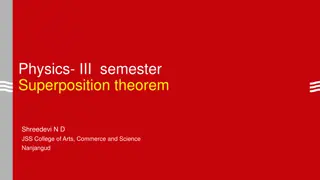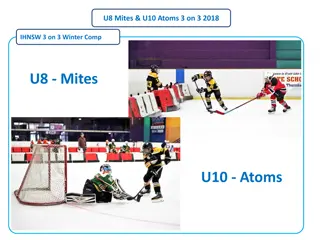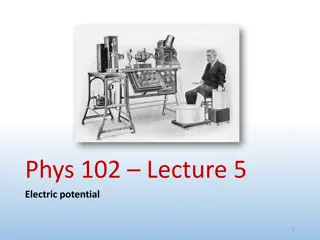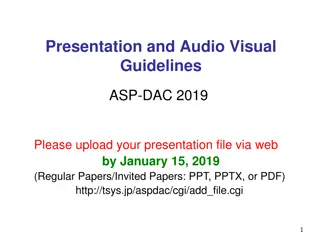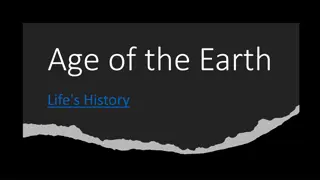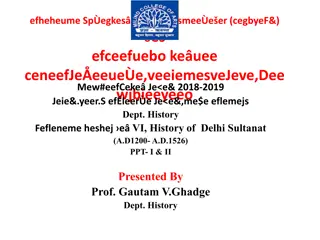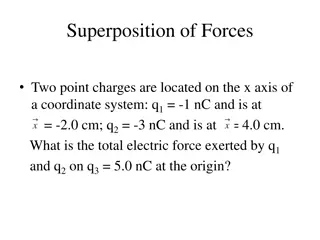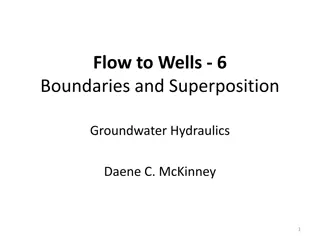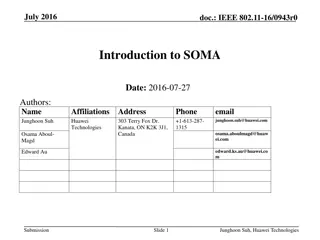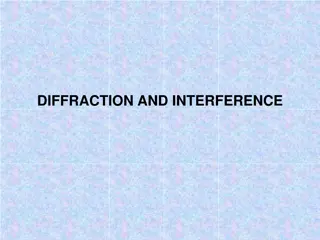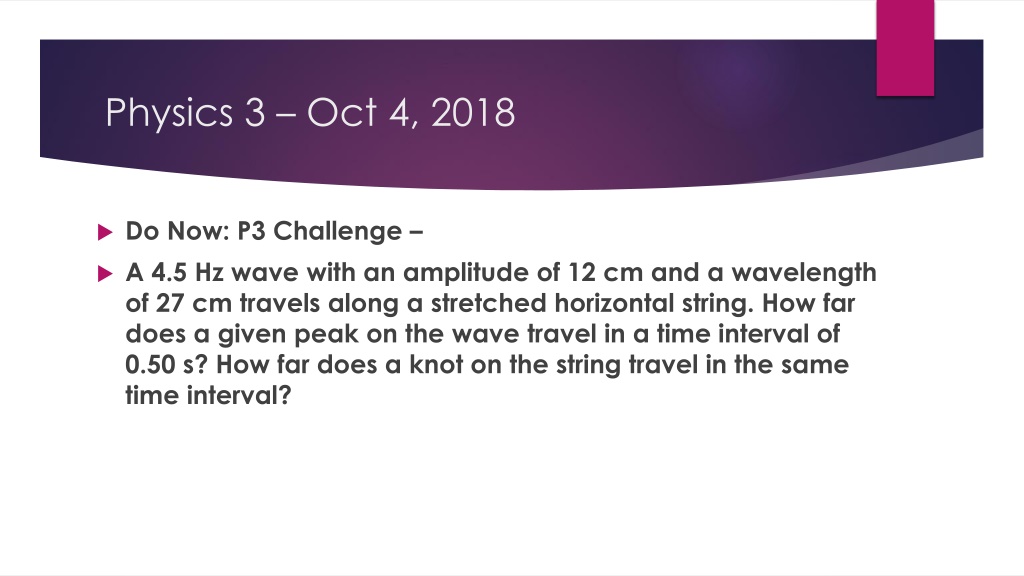
Understanding Wave Behavior in Physics
Explore the characteristics of waves, including mechanical, electromagnetic, and matter waves. Learn about wavefronts, superposition, and the different classes of waves. Discover how electromagnetic radiation differs from other types of waves and the concept of phase angles in wave behavior.
Download Presentation

Please find below an Image/Link to download the presentation.
The content on the website is provided AS IS for your information and personal use only. It may not be sold, licensed, or shared on other websites without obtaining consent from the author. If you encounter any issues during the download, it is possible that the publisher has removed the file from their server.
You are allowed to download the files provided on this website for personal or commercial use, subject to the condition that they are used lawfully. All files are the property of their respective owners.
The content on the website is provided AS IS for your information and personal use only. It may not be sold, licensed, or shared on other websites without obtaining consent from the author.
E N D
Presentation Transcript
Physics 3 Oct 4, 2018 Do Now: P3 Challenge A 4.5 Hz wave with an amplitude of 12 cm and a wavelength of 27 cm travels along a stretched horizontal string. How far does a given peak on the wave travel in a time interval of 0.50 s? How far does a knot on the string travel in the same time interval?
Objectives/Agenda/Assignment Objective: 4.3 Wave characteristics Agenda: Homework Review Wavefronts and rays Superposition
Instances of wave behavior Four classes of waves 1) Mechanical (physical) waves Transverse (Waves on strings, water waves) Longitudinal (Sound, waves in a pipe) 2) Electromagnetic Radiation (aka light) 3) Matter waves (e.g. electrons) (2ndsemester topic) 4) Gravitational waves (distortions in fabric of space-time) not in IB yet, too new https://www.worldsciencefestival.com/videos/gravitational- waves-a-new-era-of-astronomy-begins/
Electromagnetic radiation Doesn t need a medium for transmission. All mechanical waves do. The reason why EMR is a different class of wave Perpendicular oscillation of electric and magnetic fields. (Must have both.) Direction of the wave (transfer of energy) is perpendicular to both fields. Wavelength, frequency, period, speed and amplitude all apply
Electromagnetic Radiation All electromagnetic radiation travels at the same velocity in a vacuum: the speed of light (c), 3.00 108m/s. Therefore, c = ? What is the frequency of EM radiation with a wavelength of 213 m? Also, be able to rank the different types of EMR. Memorize the order.
Electromagnetic Radiation While a medium is not required, EMR can and often does pass through a medium. EMR passes more slowly through a medium than through a vacuum and travels at a normal velocity v, less than c. The ration of v/c for a given medium is called the index of refraction, n, for the medium. Notice air can be approximated as a vacuum, even though it s not.
Phase Because a waveform is a periodic occurrence, each point along the waveform corresponds to a degree from 0 to 360 that represents its location within the wave form, as the wave moves. This degree measure is called a phase or phase angle. Waves with the same phase angle are said to be in phase. Waves with different phases angles are out of phase. Waves that have phase angles that are 180 apart have opposite phases or are completely out of phase.
Wavefronts and Rays A wavefront is the beginning of each cycle of the wave. All points on the wavefront are in phase. A ray is an arrow that indicates the direction of propagation for the wave. Rays are always perpendicular to wavefronts. For a 1D wave along a string, wavefront is a perpendicular line through the peaks. For a 2D wave from a point source, the wavefront forms a circle. For a 3D wave from a point source the wavefront forms a sphere For an extended source you can create wavefronts that are parallel planes
Superposition Principle of superposition: When two waves are present on the same medium, the resulting motion of the particles of the medium is the sum of the two wave displacements. Consider two waves passing each other going is opposite directions. When the two waves have opposite phase, they cancel each other out in destructive interference. When two waves are in phase, they add together and have constructive interference.
Sample problem Sketch how these two waves interact as they pass one another at a) the moment they first meet, b) when they are a way, c) way d) way and e) all the way past each other.
Practice problem Sketch how these two waves interact as they pass one another at a) the moment they first meet, b) when they are a way, c) way d) way and e) all the way past each other. Do on whiteboards.
Exit slip and homework Exit Slip FM Radio stations are given in MHz. What is the wavelength for 105.7 FM? What s due? (homework for a homework check next class) p171 #15-18 What s next? (What to read to prepare for the next class. Read IB 4.3, p162-170






